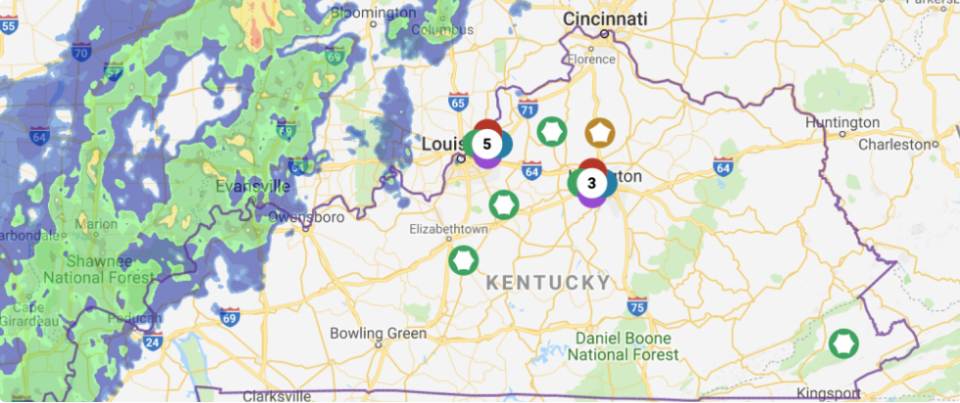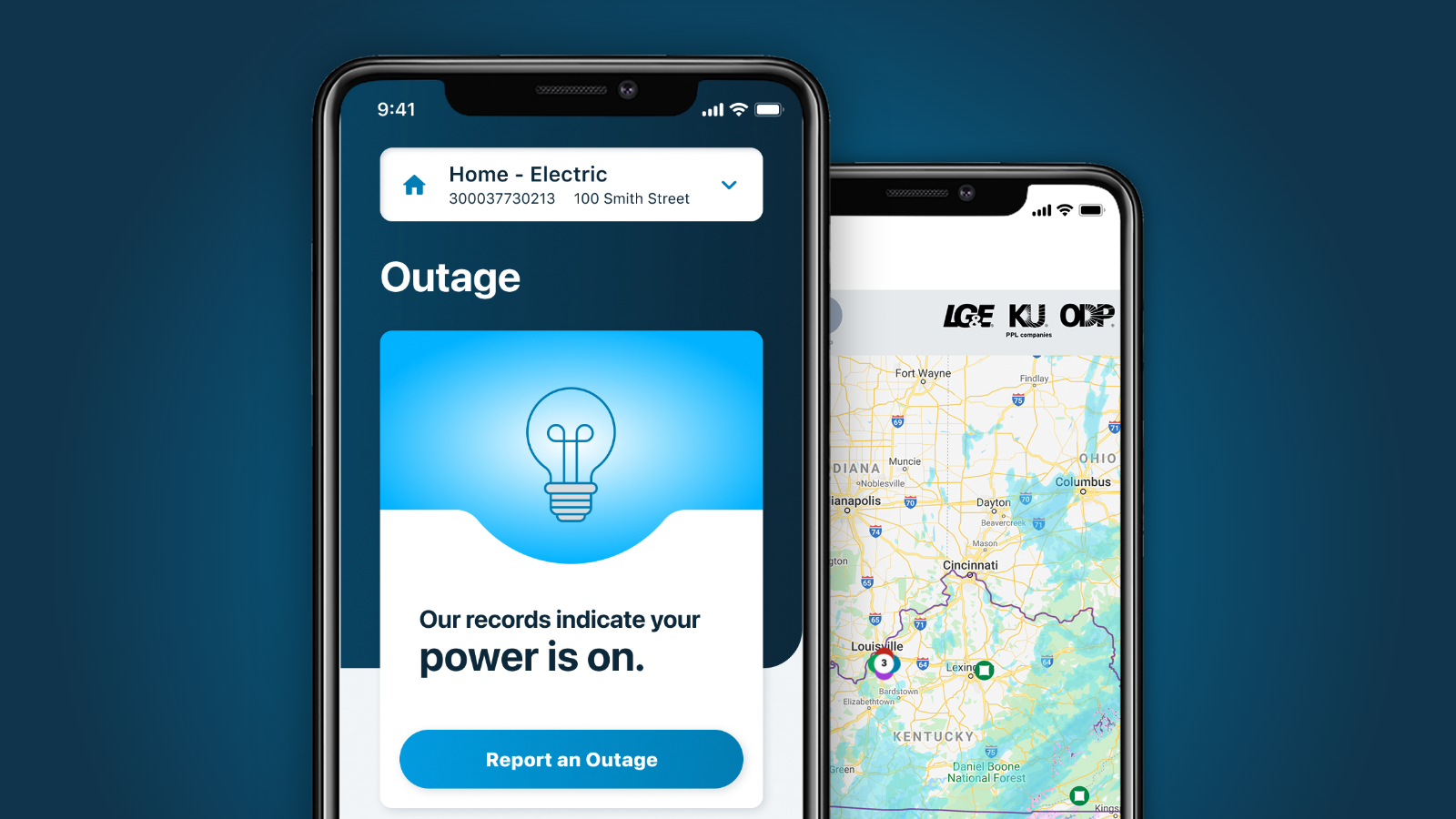The National Pipeline Mapping System (NPMS) website enables users to view NPMS data one county at a time. NPMS data consists of natural gas transmission pipelines and hazardous liquid trunk lines. It does not contain gathering or distribution pipelines, such as lines that deliver gas to an individual customer’s home or business. Therefore, not all pipelines in an area will be visible in the public map viewer. NPMS data is for reference purposes only. It should NEVER be used as a substitute for contacting 811 prior to excavating.
LG&E’s underground natural gas pipelines are the safest, most efficient and reliable way to deliver natural gas to customers’ home and businesses. Unfortunately, residential and commercial development in once-rural areas is encroaching on pipeline rights-of-way with increasing frequency. Encroachment can present tremendous safety concerns for local residents and for the physical integrity of the pipelines.
You can help prevent encroachment and excavation-related damage by noting the approximate location of underground natural gas pipelines using the sign posts along a natural gas transmission line right-of-way. The sign posts indicate the presence – not the exact location – of underground pipelines. Pipeline markers come in a variety of shapes and sizes, but they all contain important information, including the name of the pipeline operator and emergency contact information.
You should do everything possible to keep rights-of-way as free of physical encumbrances as possible in order to ensure reasonable and frequent visual inspections of the pipeline from the air and on the ground. In addition, a clear right-of-way helps ensure ease of access when repairs are necessary.
What is a right-of-way?
A pipeline right-of-way or easement is a corridor or strip of land that surrounds a pipeline. The right-of-way enables LG&E to construct, operate, test, inspect, maintain and protect the pipelines. Access to the right-of-way often is inhibited by trees and other vegetation, fences, buildings and other structures. Contact us during the planning stage of any project to allow us to help prevent obstructions that may delay our response to a pipeline emergency.

